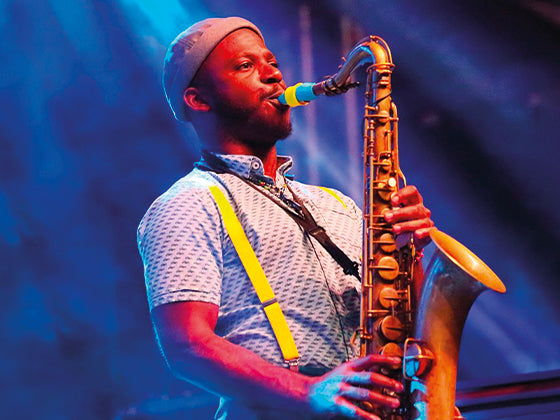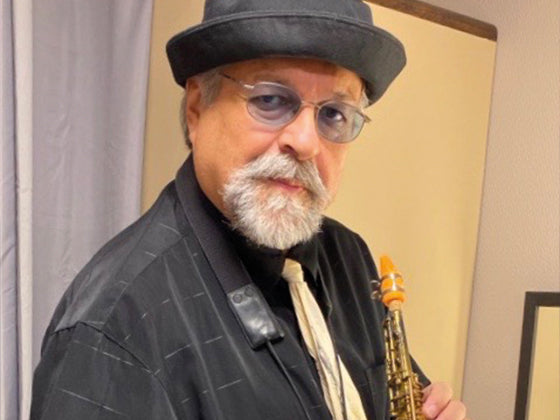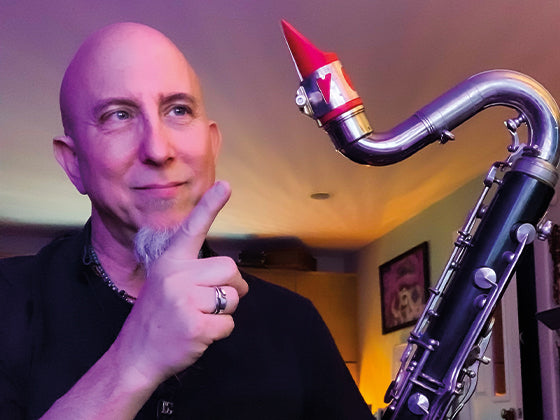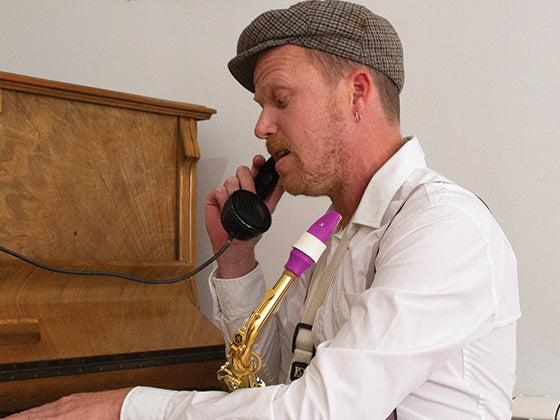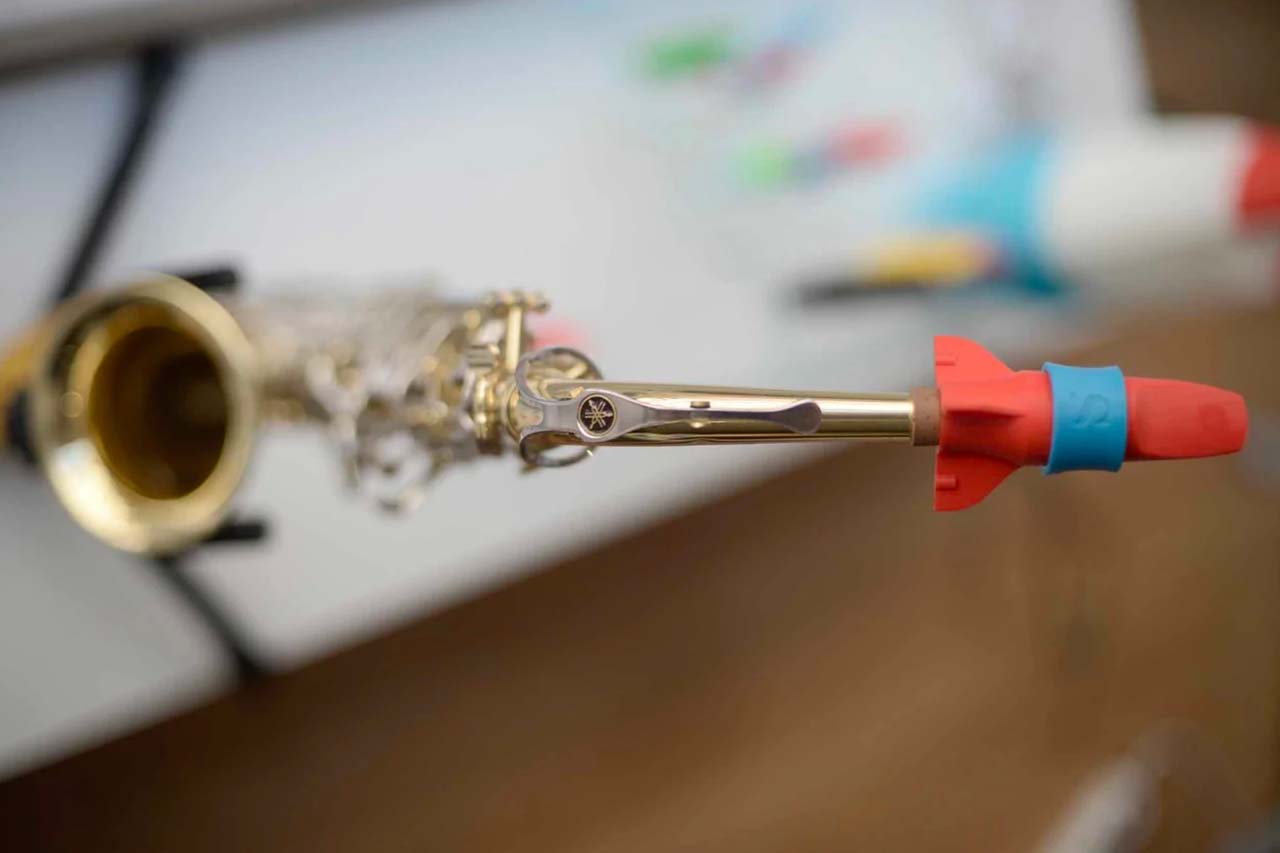A brief recap of the history, anatomy and use of the saxophone is a must to start off Inside The Saxophone.
The history of the saxophone
Without knowing it, when he invented the saxophone in 1842 (or 1845, date of patent registration), the luthier acoustician Adolphe Sax revolutionized the world of music and instrument making. He created an instrument whose timbre had never been heard before, with an impressive sound that combined the worlds of wood and brass.
However, it's success was not immediate. In spite of good publicity from Berlioz, saxophones were only used a few times in classical music. Yet it was jazz, brass bands and military ensembles that made this instrument famous at the beginning of the 20th century. It’s also at this time that major instrument producers began to make saxophones, thus democratizing the practice.

Saxophone autopsy
Before getting into the finer details, you lust know that the saxophones are a family. There are 4 types of saxophone without taking the originals into account. From the lowest to highest range: Baritone, Tenor, Alto and Soprano. Although they are rarely used nowadays, we musn't leave the originals out, still in the same order: the contrabass saxophone, the bass saxophone, the C-melody and the sopranino.
The following diagram shows the main elements of the saxophone. Whether it is a soprano, alto, tenor or baritone, it is composed of 3 main parts: the mouthpiece, the neck and the body of the saxophone.

The body of the saxophone is composed of the main conic tube in pierced brass. The holes are blocked by pads, activated by keys interconnected with a complex mechanism of rods.
On the neck and the body, we find the octave key, which allows us to change register.
The mouthpiece is equipped with a ligature and reed. This part is primarily responsible for the sound which is shaped when the musician blows in it. It is thanks to the reed (generally made of reed) that the saxophone is part of the woodwind family, and not brass!
The Saxophone in all its styles
The saxophone is now everywhere. We hear it in classical music, mainly as a soloist, in quintets or quartets.
From the early 20th century, the saxophone has been perceived as the symbol of Jazz and Rythm’n’blues. It has even been part of the fight against racism in big Paris and London jazz clubs.
Since the 80s, it has been making its way into modern and pop music. We often find it in marching bands and brass bands like Lucky Chops or electronic music groups like The Geek X VRV. Some rock groups like PJ Harvey or The Herbaliser have also adopted the saxophone. Moon Hooch's musicians also made the saxophone their favorite instrument and even include new digital saxophones in some of their songs.
In short, today we find the saxophone in all its forms in all styles of music : sax is praised.




